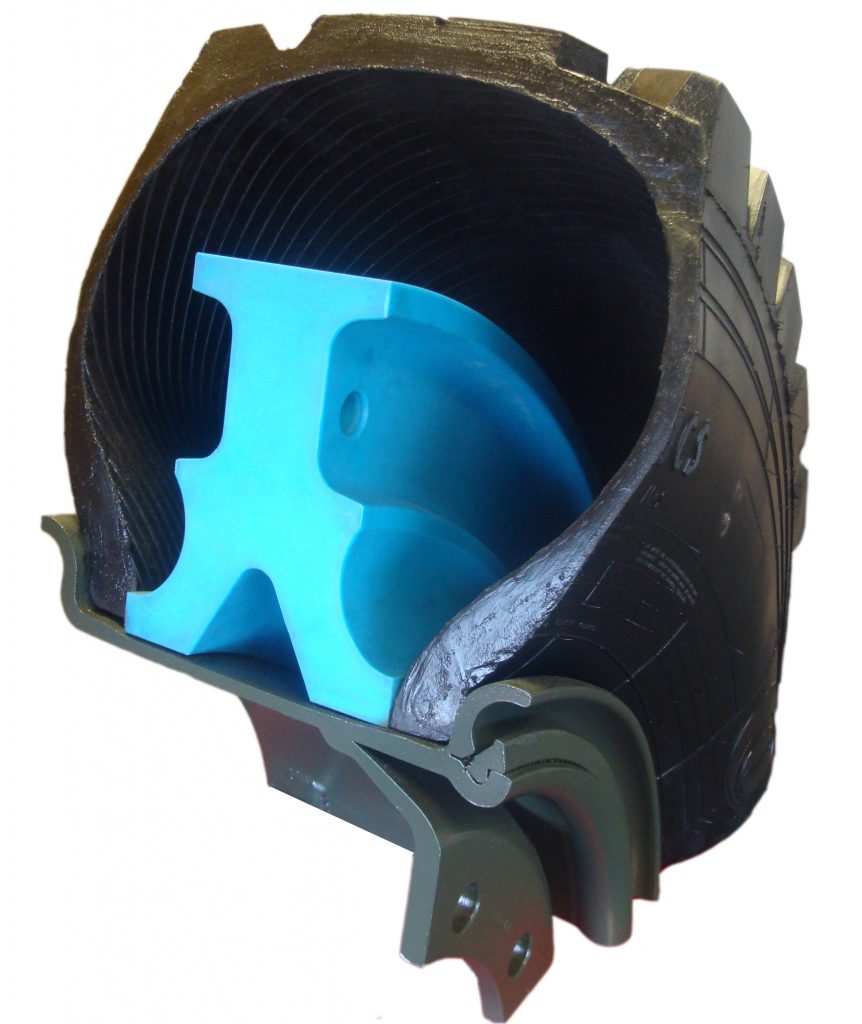- June 17, 2025
- Posted by: feinuojixie
- Category: Run Flat Guide


In modern warfare, mobility is everything. Whether advancing through rough terrain or retreating under fire, a vehicle’s ability to keep moving can mean the difference between success and failure. Among the many innovations that keep military operations agile and responsive, one unsung hero plays a quiet yet crucial role—the run flat tire. Designed to endure extreme conditions and continue performing even when punctured or damaged, this unassuming piece of equipment has become a backbone of military transportation. From the battlefield to the safety of the barracks, the run flat tire ensures that military vehicles remain mission-ready at all times.
The Essence of Military Mobility: Why It Matters
Mobility is the heartbeat of any successful military campaign. Without it, even the most advanced weapon systems or skilled personnel can be rendered ineffective. Military vehicles must traverse unpredictable terrain, avoid enemy fire, and execute rapid deployment strategies—all without delay. A single flat tire can stall a mission, expose troops to danger, or compromise critical supply lines. This is why maintaining uninterrupted vehicle movement is not just a logistical need—it’s a tactical imperative. A run flat tire provides that edge, allowing operations to continue even in the face of tire failure.


What Is a Run Flat Tire and How Does It Work in Military Use?
A run flat tire is engineered to keep functioning even after a complete loss of air pressure. Unlike standard tires, it features reinforced sidewalls or internal support systems that can bear the weight of the vehicle even when punctured. In military applications, this design ensures that a vehicle can drive for extended distances—often over 50 kilometers—after sustaining damage. Whether from rugged terrain, debris, or hostile fire, the run flat tire absorbs punishment while preserving operational mobility. Its functionality is a game-changer, especially in missions where stopping is not an option.
The Battlefield Advantage: Surviving Tire Damage in Combat
Combat zones are unpredictable. Bullets, shrapnel, and sharp terrain features are constant threats to vehicle tires. In such high-stakes environments, the ability to keep moving despite tire damage is vital. A run flat tire offers that security. It allows vehicles to retreat, reposition, or complete their objectives without waiting for repairs or recovery teams. This immediate response reduces exposure to enemy fire, increases the survivability of troops, and maintains momentum during critical operations. In short, it turns a potential liability into a tactical advantage.
Terrain Versatility: Performance Beyond the Combat Zone
Military operations don’t happen in controlled settings. Troops are deployed in deserts, mountains, forests, and cities—each posing unique mobility challenges. A run flat tire is designed for this versatility. It performs reliably on sand, gravel, snow, and even uneven urban surfaces. The robust construction ensures minimal slippage, consistent traction, and shock absorption across all environments. This adaptability makes the run flat tire an indispensable component for forces operating across diverse geographic and climatic conditions.
Logistics Simplified: Reducing the Burden of Spare Tires
Every inch of space and kilogram of weight matters in military logistics. Carrying spare tires can reduce cargo capacity or increase fuel consumption. A run flat tire reduces or even eliminates the need for spares, freeing up valuable room for additional supplies, ammunition, or medical equipment. It also cuts down on repair equipment and downtime, streamlining supply chains and improving deployment efficiency. This logistical benefit extends the operational range of military units and enhances overall readiness.
Real-World Reliability: Case Studies from the Field
Field reports from various military operations underline the reliability of run flat tire. In regions like the Middle East and Central Asia, armored vehicles have navigated improvised explosive device (IED) threats and sharp desert terrain without coming to a halt. During peacekeeping missions and training exercises, the same technology has proven its worth by reducing maintenance cycles and extending operational uptime. These real-world examples reinforce the trust that military commanders place in run flat tire to perform under pressure.
Maintenance and Durability: Built to Withstand the Harshest Conditions
Military-grade run flat tire is built for endurance. It is constructed with high-grade rubber compounds, reinforced layers, and steel belts that resist tearing and blowouts. Maintenance teams appreciate its long service life and minimal failure rates, even under extreme stress. Additionally, many run flat systems include integrated sensors that alert drivers to pressure changes, allowing proactive servicing. This durability means fewer delays, less frequent replacements, and greater operational continuity.


From Deployment to Base: Everyday Utility of Run Flat Tire in Military Life
While battlefield performance is crucial, the utility of run flat tire extends to routine military life. Transport trucks, support vehicles, and armored personnel carriers benefit from the same reliability on military bases and during training missions. The technology improves safety during convoy operations, reduces the frequency of roadside tire changes, and simplifies fleet management. From intense deployment scenarios to everyday base logistics, run flat tire keeps the military moving without compromise.
A Silent Force Behind Military Superiority
In the grand machinery of modern defense, it’s easy to overlook the small components that make a big difference. The run flat tire may not be glamorous, but its impact on military mobility is profound. It enables troops to move quickly, respond decisively, and survive the unexpected. From battlefield skirmishes to barracks transportation, this tire quietly powers the mission forward. For a military that depends on constant motion, the run flat tire is more than a tool—it’s a silent force behind every successful operation.
